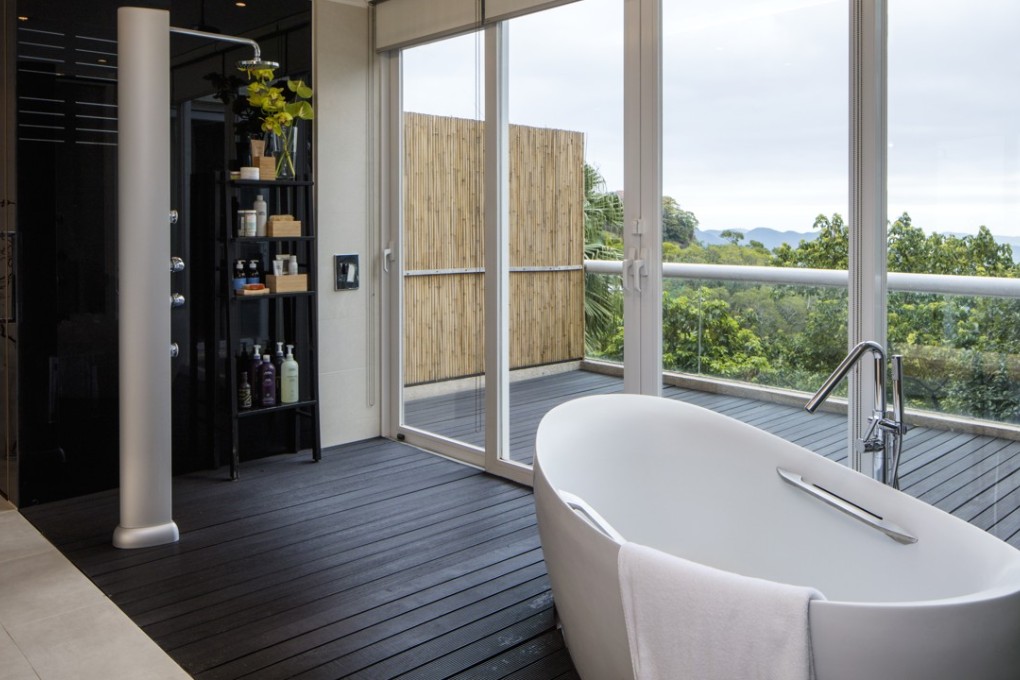How a couple’s spacious Hong Kong home tells the story of their journey from Australia to Asia
Spread across five levels and 3,700 square feet, the Peak home of Graeme Fowler and Paul Calder, who have lived in Asia for more than two decades, is filled with keepsakes and furniture they’ve picked up along the way

One of the trickiest decisions to make in a scenic home is how to position the furniture, especially in the living room. Is it madness not to plant a row of seats directly in front of your stunning view so you can drink in every crimson sunset? Or is there a more sociable way to take advantage of that vista?
In this four-bedroom, 3,700 sq ft, five-split-level rental house on The Peak, Graeme Fowler, global head of visual merchandising at an international retailer, didn’t think twice about what should go where. Two decades of design experience had taught him how best to use space.
“Lining things up against a wall doesn’t make sense to me because then it looks like an old dance hall: boys on one side, girls on the other,” he says. “It’s nice to have a hub where people can sit and chat and be comfortable.”
No dance hall has ever looked like this 1989 house, which features voluminous rooms filled with keepsakes that trace his and partner Paul Calder’s history. To the side of the sitting room is a mid-century floor lamp that Fowler and Calder, director of client services at marketing communications agency CatchOn, purchased at an antiques fair in Italy.
By the dining table (made from an old door), sourced in Singapore, are porcelain ginger jars from Jingdezhen, Jiangxi province. And at the entrance of the main bedroom is a custom-designed, bus-destination-style artwork with meaningful place names: several tell of their homeland, Australia; others are of addresses in Singapore and Hong Kong, where they have lived for 11 and 12 years, respectively.
In fact, the couple have been out of Australia for so many years that Calder is concerned about how their future home, a 19th-century terrace house in Melbourne, should be furnished when eventually they move back, with several decades worth of purchases.